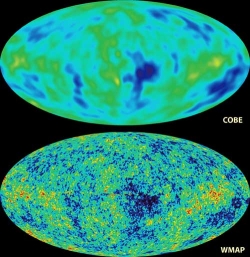A detailed view of the Cosmic Microwave Background from WMAP, compared to the original view from the COBE satellite.
Click on image for full size
NASA/WMAP Science Team
The Cosmic Microwave Background Radiation
In the 1960's a startling discovery was made by accident. A pair of
scientists at Bell Laboratories detected some annoying background
noise using a special low noise antenna. The strange thing about the
noise was that it was coming from every direction and did not seem to
vary in intensity at all. They had discovered the Cosmic Microwave
Background Radiation.
This radiation fills the entire Universe and is no stronger or weaker
in any direction. It has only tiny fluctuations that were only
detected by the very sensitive space craft the Cosmic Background
Explorer, COBE. This radiation is believed to be a clue to the
Universe's brilliant beginning, known as the Big Bang.
More recently, the Wilkinson Microwave Anisotropy Probe (WMAP) team has made a
more detailed full-sky map of this oldest light in the universe. The WMAP image
brings the COBE picture into sharp focus, and provides firm answers to age-old
questions. WMAP resolves slight temperature fluctuations, which vary by only
a few millionths of a degree. These new data support and strengthen the Big Bang
and Inflation Theories.
You might also be interested in:
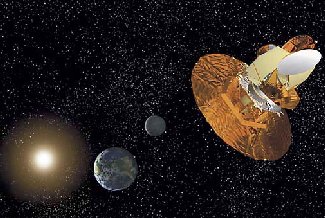
There is a radiation that fills the universe, called Cosmic Microwave Background Radiation (CMB). CMB radiation is the heat left over from the time after the Big Bang, when the universe was really hot!
...more
Some of the best news of the week is that the Microwave Anisotropy Probe (MAP) was launched successfully last Saturday! Liftoff on its Delta II rocket occurred on time on June 30, 2001. The MAP teams says
...more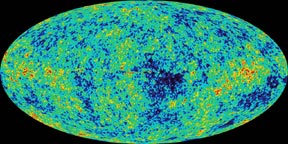
NASA scientists have taken a "snapshot" picture of the oldest light in the universe. The picture shows what is left of light given off during the big bang. The light is over 13 billion years
...more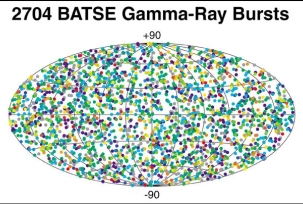
In the 1960's, the United States launched some satellites to look for very high energy light, called Gamma Rays. Gamma Rays are produced whenever a nuclear bomb explodes. The satellites found many bursts
...more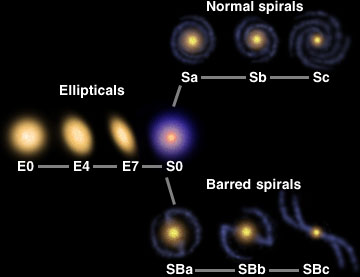
During the early 1900's, which is not very long ago, astronomers were unaware that there were other galaxies outside our own Milky Way Galaxy. When they saw a small fuzzy patch in the sky through their
...more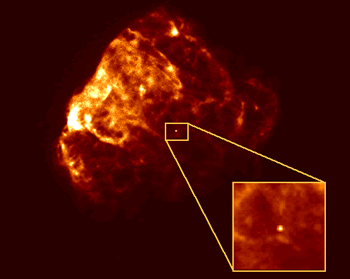
Neutron Stars are the end point of a massive star's life. When a really massive star runs out of nuclear fuel in its core the core begins to collapse under gravity. When the core collapses the entire star
...more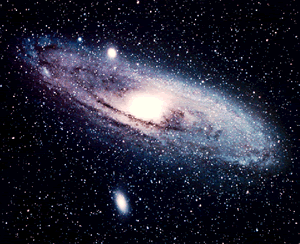
Spiral galaxies may remind you of a pinwheel. They are rotating disks of mostly hydrogen gas, dust and stars. Through a telescope or binoculars, the bright nucleus of the galaxy may be visible but the
...more


